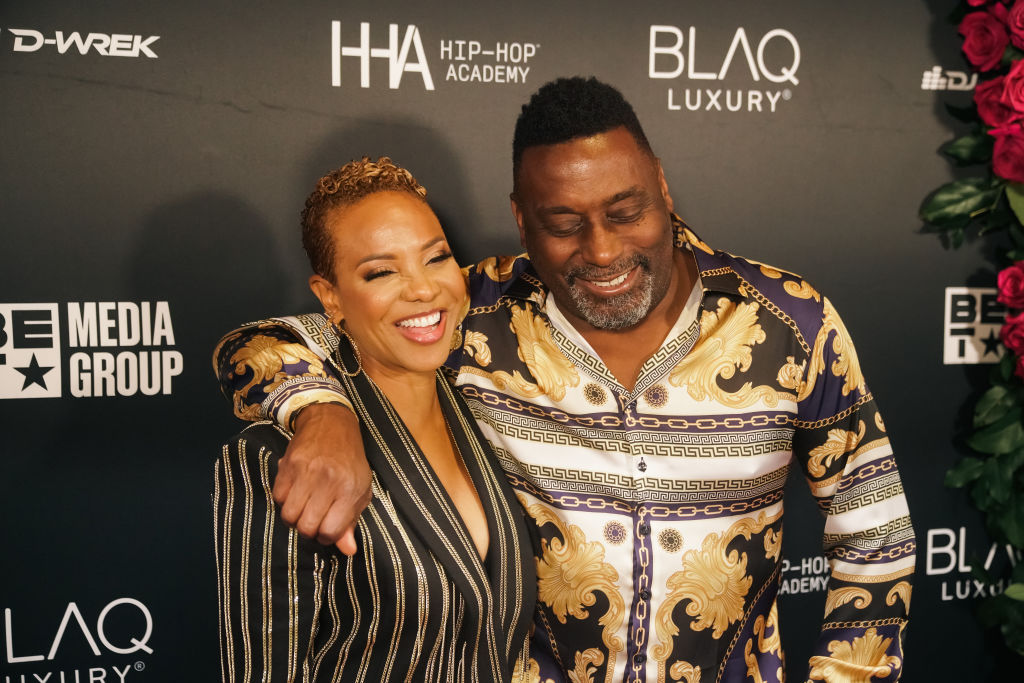Imagine getting a birthday invitation to dress like rappers in 2025. What exactly do you even wear? Skinny jeans? The 50-plus-year-old genre has had distinct moments within the fashion industry in the early 2000s, but the Golden Age of Hip-Hop is the one that stands out most. If that same birthday-themed invitation came with a request to dress in ’90s hip hop fashion trends, Gen Xers, Millennials and even Gen Zers would know exactly what to wear to look like they were stepping into the mid-’80s to mid-’90s. Finding a boombox or a Walkman may be a challenge. Figuring out how to buy an asymmetrical wig or a high-top fade could require a visit to a vintage store. And if you don’t know how to breakdance by now, carrying around a flattened cardboard box could fool a few. However, the clothing is easy to nail.
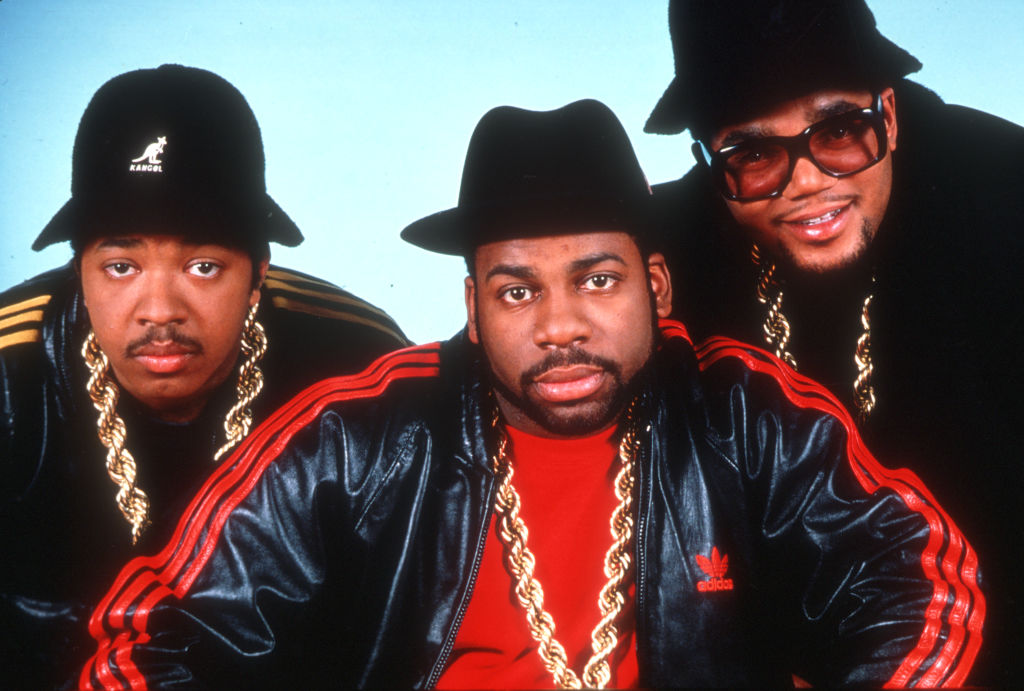
Kangol Bucket Hats
From Run-DMC to LL Cool J to Don Cheadle and Samuel L. Jackson, this fitted Angola fur hat (or wool) was propped up on a number of celebrity heads, along with everyday hip-hop fans. And because Kangol had a collection of colors, it was easy to be matchy-matchy every time you walked out of the door.
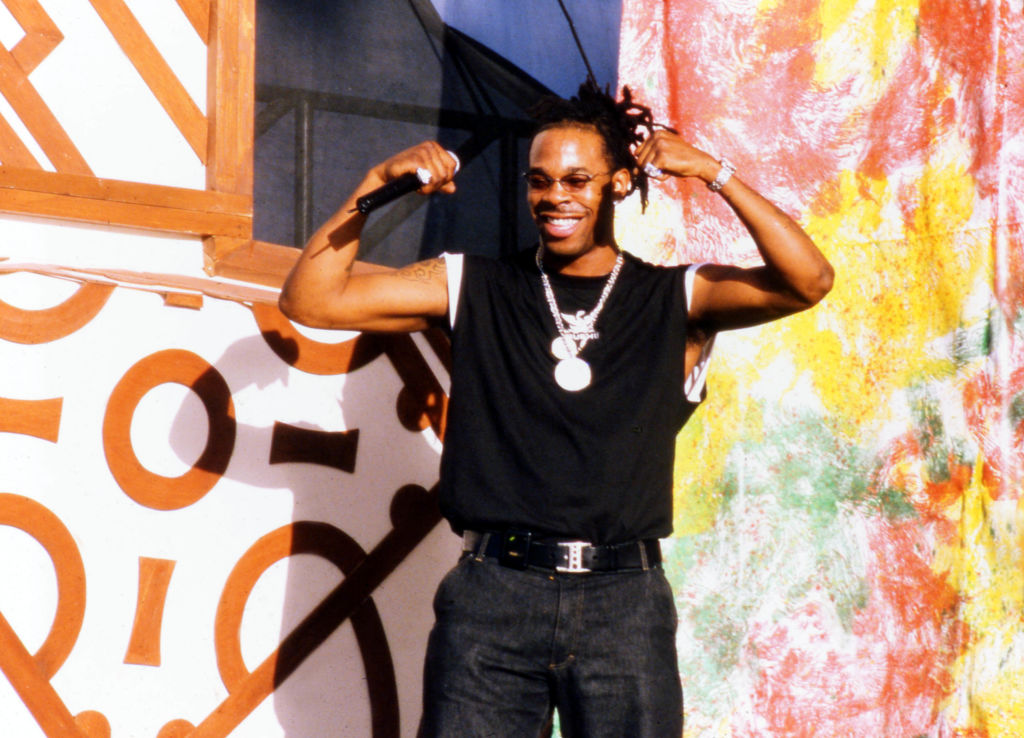
Gold Rope Chains (Bonus: Medallion)
Real gold or questionable, your neck got an immediate workout while trying to wear this jewelry all night. The medallion later progressed to a more price-friendly version, often including the continent of Africa and made from hand-braided cord or faux leather.
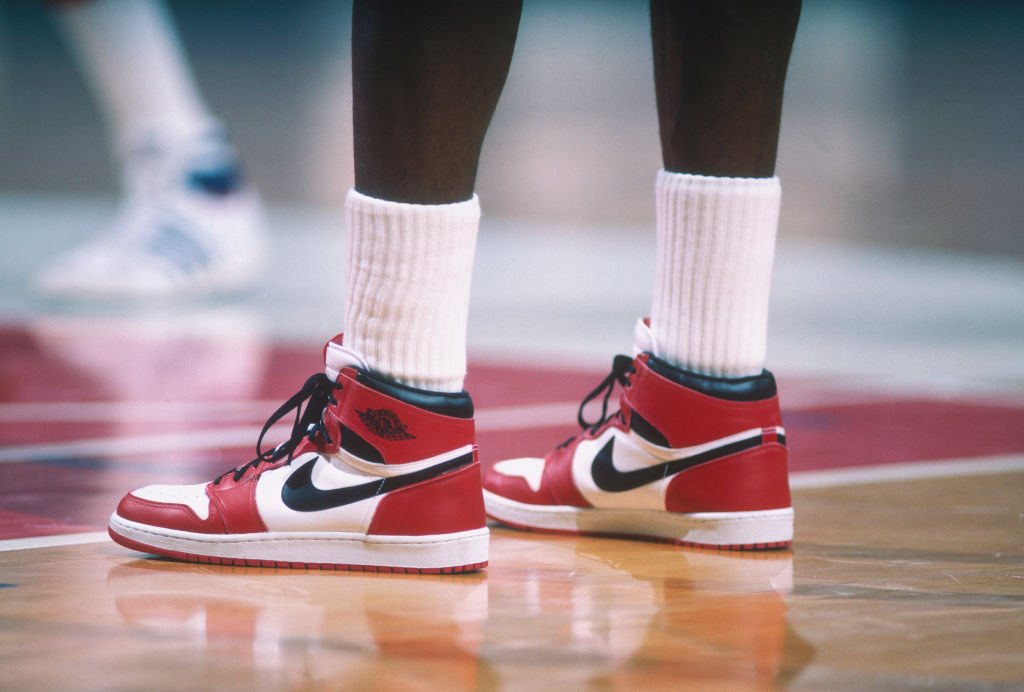
Air Jordans
With hip-hop being so new, shoe brands were still trying to wrap their minds around whether they wanted to be affiliated with this style of music. Adidas was clearly on board, offering a $1.6 million endorsement from Run-DMC’s song “My Adidas.” But not every brand made a deal this easy. In fact, even though the Chicago Bulls won their first championship in 1981, Air Jordans were still having a tough go. During a 1984 preseason game, pre-championship player Michael Jordan wore a black and red edition of the Air Ship (not known as the Air Jordan I at the time).
However, because the footwear didn’t align with the NBA’s uniform standards (shoes must be more than 50% white), the league fined him for his shoe choice. The Italian Stallion (Air Jordan II) clearly had more white in them. However, the “Banned” first shoe and the story behind it carried into the ’90s, even though there were at least nine more options by that time.
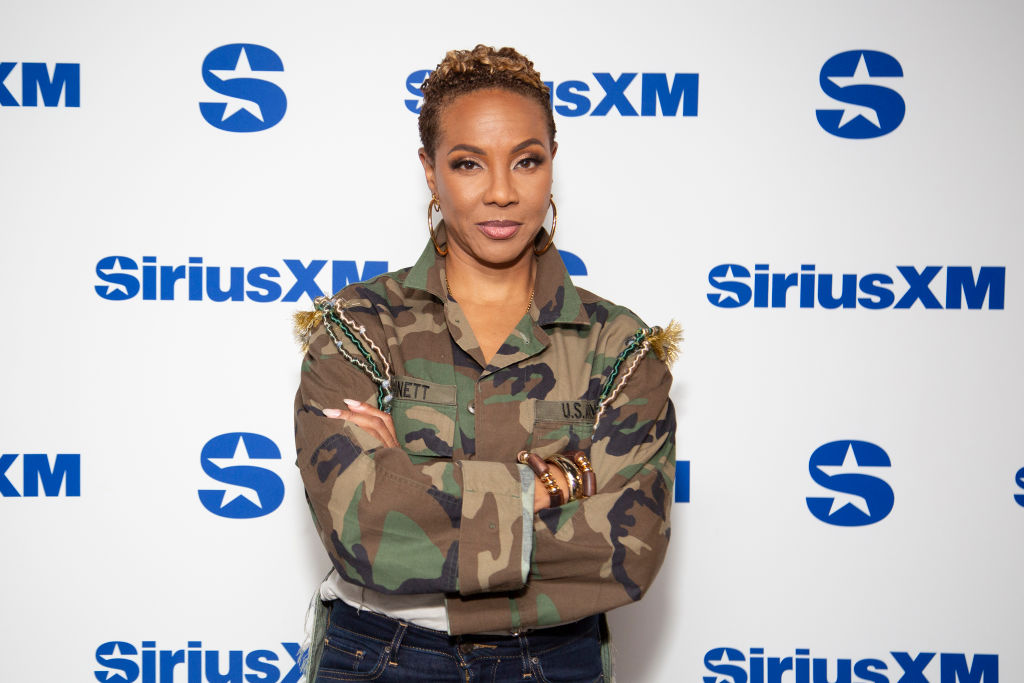
Army Fatigues
Although hip-hop legend MC Lyte can still rock army fatigues right now, wearing these jackets (usually oversized) was even more popular at the time. Barely anyone was in the army, the navy, the Air Force or any other troop, but walking around in camouflage was about as common for hip-hop fans as syrup is on pancakes.
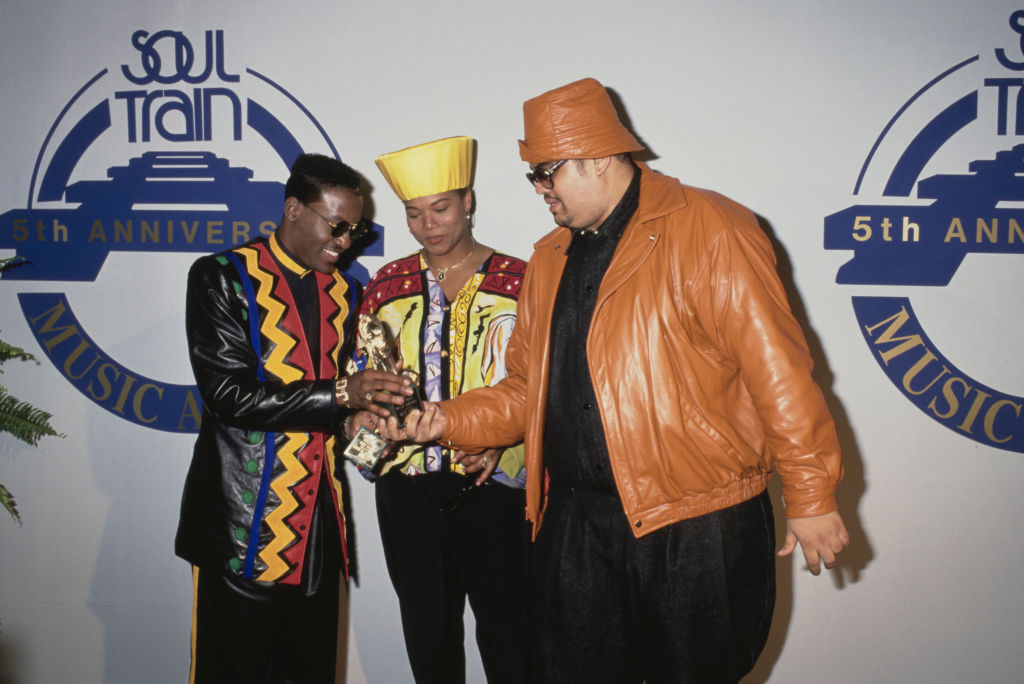
Leather Everything
Blame it on comedian Eddie Murphy’s all-red-leather suit from the 1983 comedy special Delirious or indifference to being boiling hot in an hour, but leather was all over the place in the ’90s: jackets, pants, shirts, shoes, hats and (as previously mentioned) African medallions. And with African print attire being popularized by the likes of Queen Latifah and other Afrocentric rappers like her, it was especially common for the leather to be in colorful patterns.
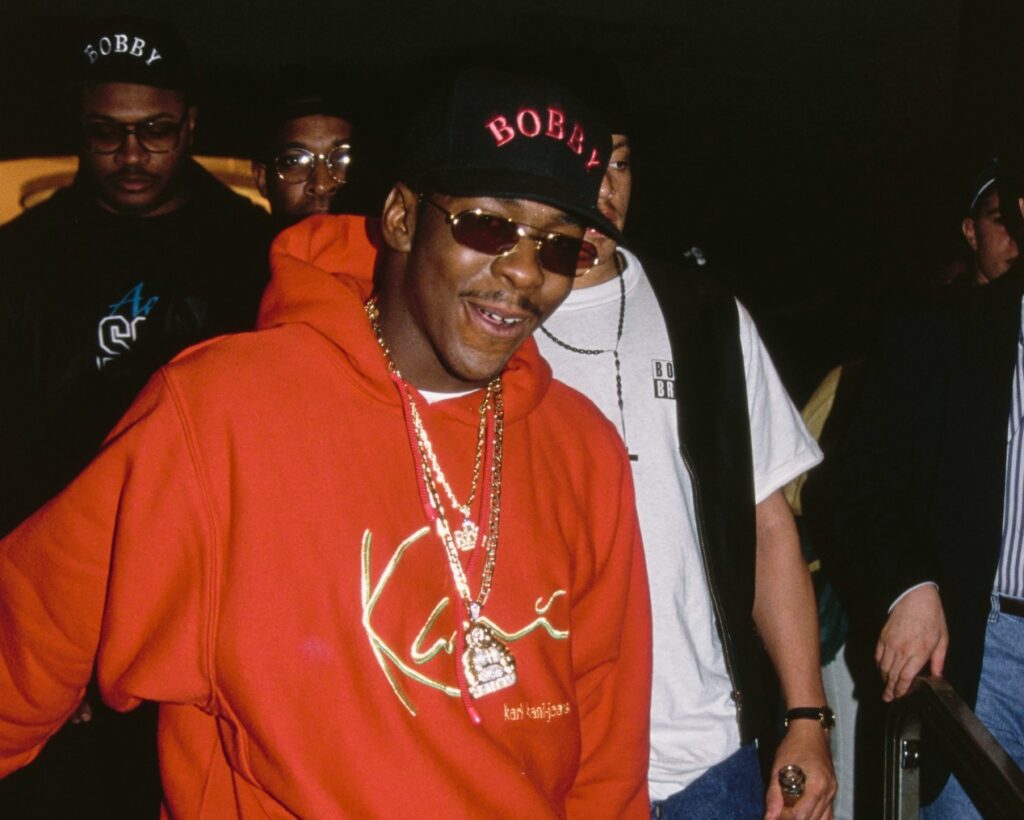
Karl Kani
When you saw the giant “K,” you knew whose name it was: Karl Kani. From Tupac to Nas to Notorious B.I.G. and Bobby Brown, pretty much everyone was wearing the name of this Costa Rican fashion designer. He was later nicknamed the “Godfather of Urban Fashion.”
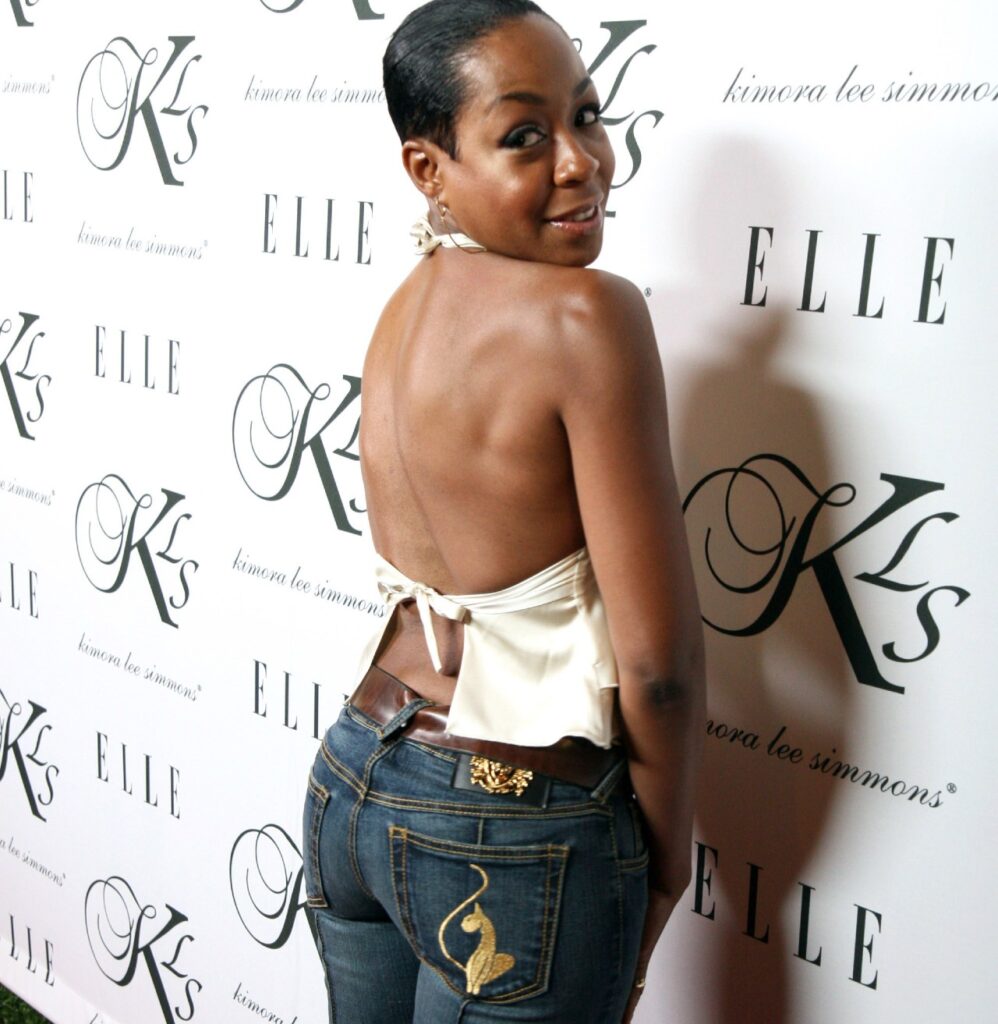
Baby Phat
Other popular brands that came and went included HUGO Boss, FUBU, Ecko, Cross Colours, Phat Farm, Tommy Hilfiger, Sean John, Pepe and Pelle Pelle. And while oversized men’s brands for ’90s hip hop fashion trends were flying off of store shelves left and right, model and fashion designer Kimora Lee Simmons had mastered the look of the curvy woman with Baby Phat. As soon as you saw that unbothered cat, you knew what clothing brand women in hip-hop were wearing.
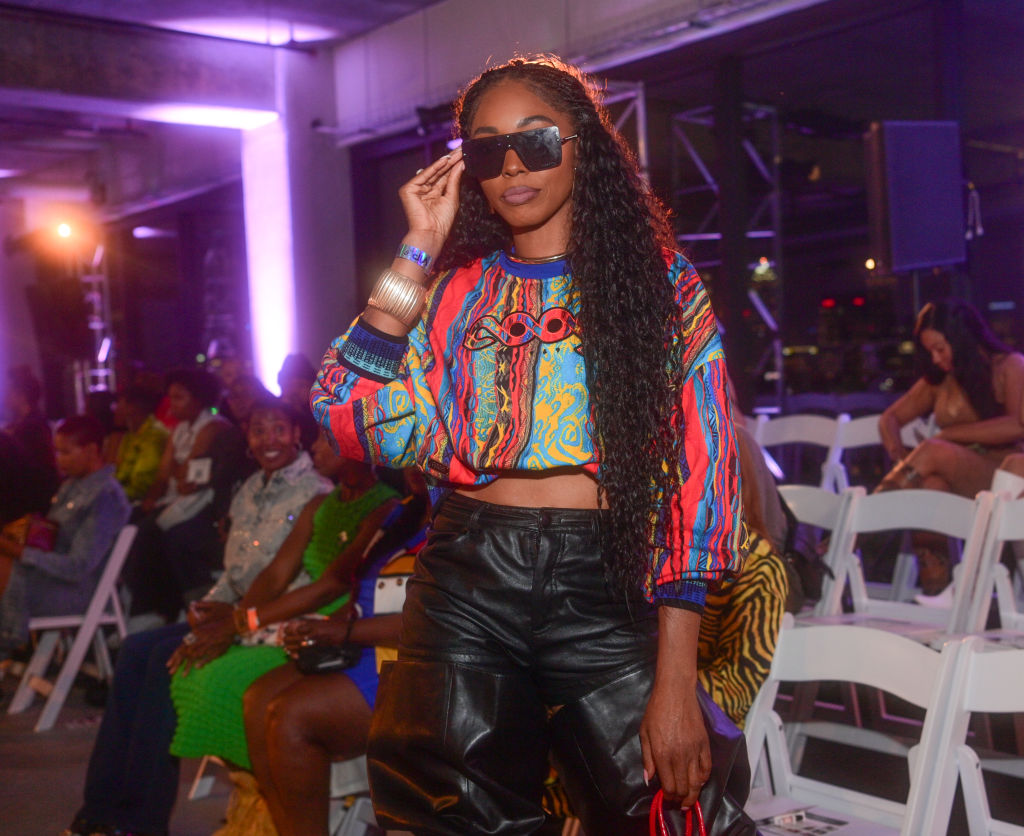
Coogi Sweaters
Notorious B.I.G. certainly had other clothes in his closet, but it felt like he had a special place in his fashionable heart for one brand in particular. He rapped “Coogi down to the socks” on “One More Chance,” then “Living better now, Coogi sweater now” on “Big Poppa.” Finally, he coaxed women into wearing the brand on “Hypnotize” when he rapped, “Every cutie with a booty bought a Coogi.” The Coogie brand is currently cashing in on this ’90s hip-hop fashion trend, selling sweaters that harken back to their golden era.
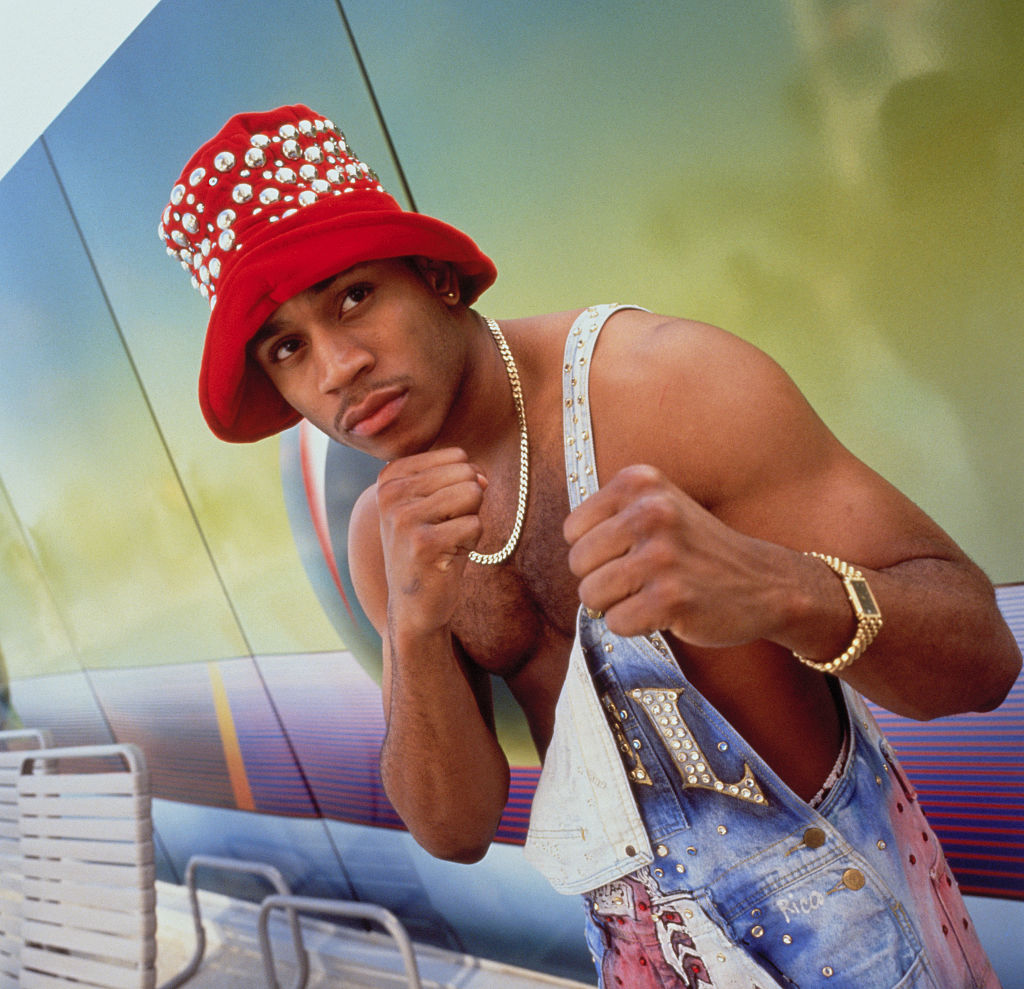
Jean Overalls
Ask a hip-hop fan in the ’90s why one hook was almost always undone, and you will probably be met with blank stares. Some may say wearing both straps on the overalls was the equivalent of being the nerdy kid in school who used both backpack straps. Something about the overalls looking “undone” made them more fashionable at the time. Others would argue that the overall bib covered up whatever name brand was printed on their shirts. Undoing one hook meant you could see everything all at once.
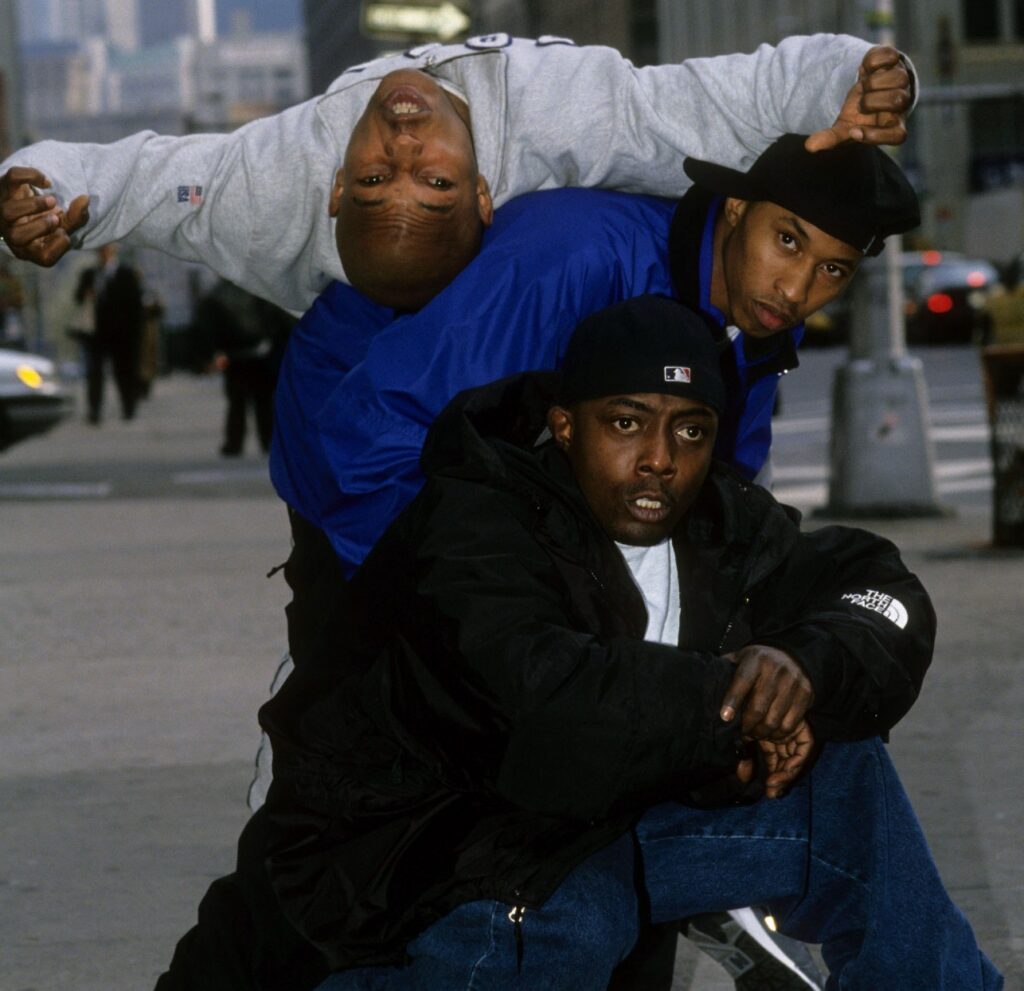
Oversized Clothes
When “Hammer, Don’t Hurt ‘Em” released in 1990, hip-hop fans were introduced to the kind of dance moves you absolutely needed baggy clothes on in order to do. And while MC Hammer had an excuse, everybody else wearing XXL and XXXL just to sit on the front porch was another story entirely. Because the clothes were so big that you’d risk tripping over your pants, Timberlands (or other construction-type boots) were usually the footwear of choice. The boots were fashionable, matched everything (even when the color was nubuck) and could be visible under all those layers.
Although these are 10 of the most popular ’90s hip hop fashion trends, there were plenty more. Because hip hop was still making a name for itself (and music channels like MTV didn’t want to show music videos or play the music genre), some fashion trends came and went before the singles were released. And other fashion trends were specific to artists determined to make themselves stand out visually and vocally. No matter the fashion choices though, the Golden Age was one of the most significant moments in hip-hop.
